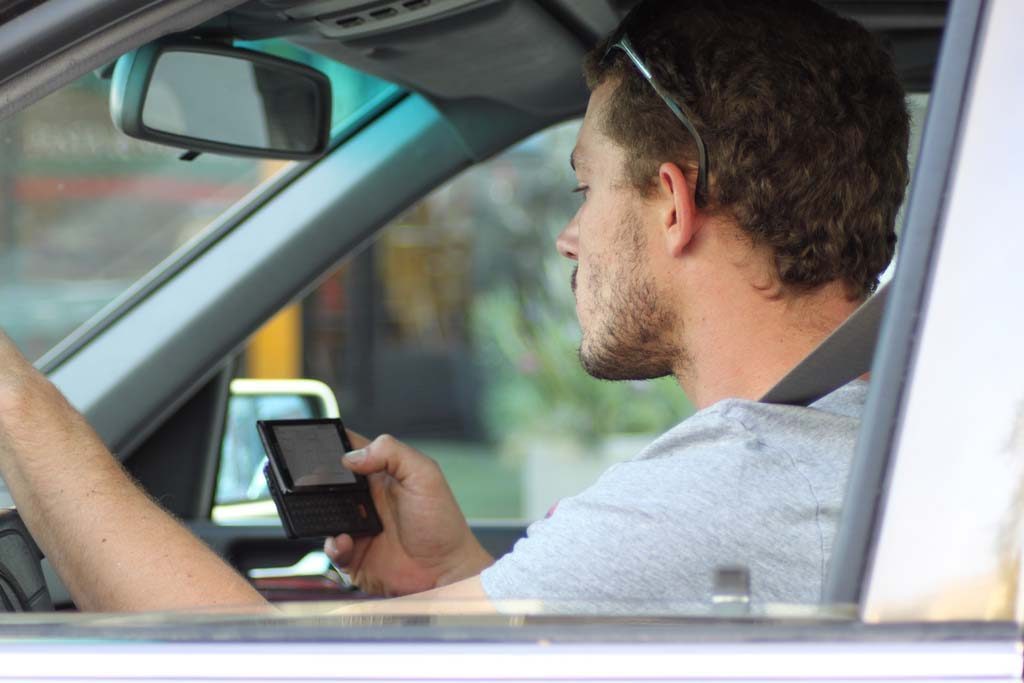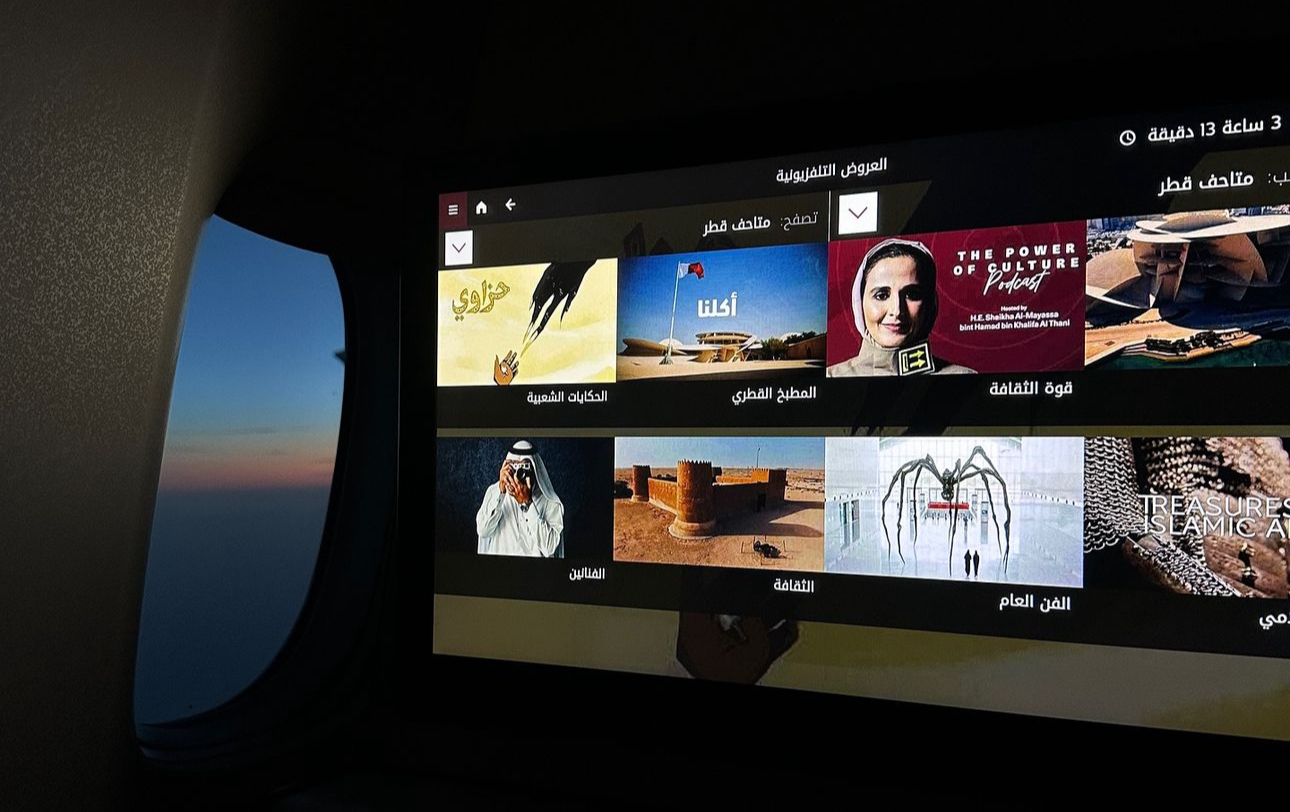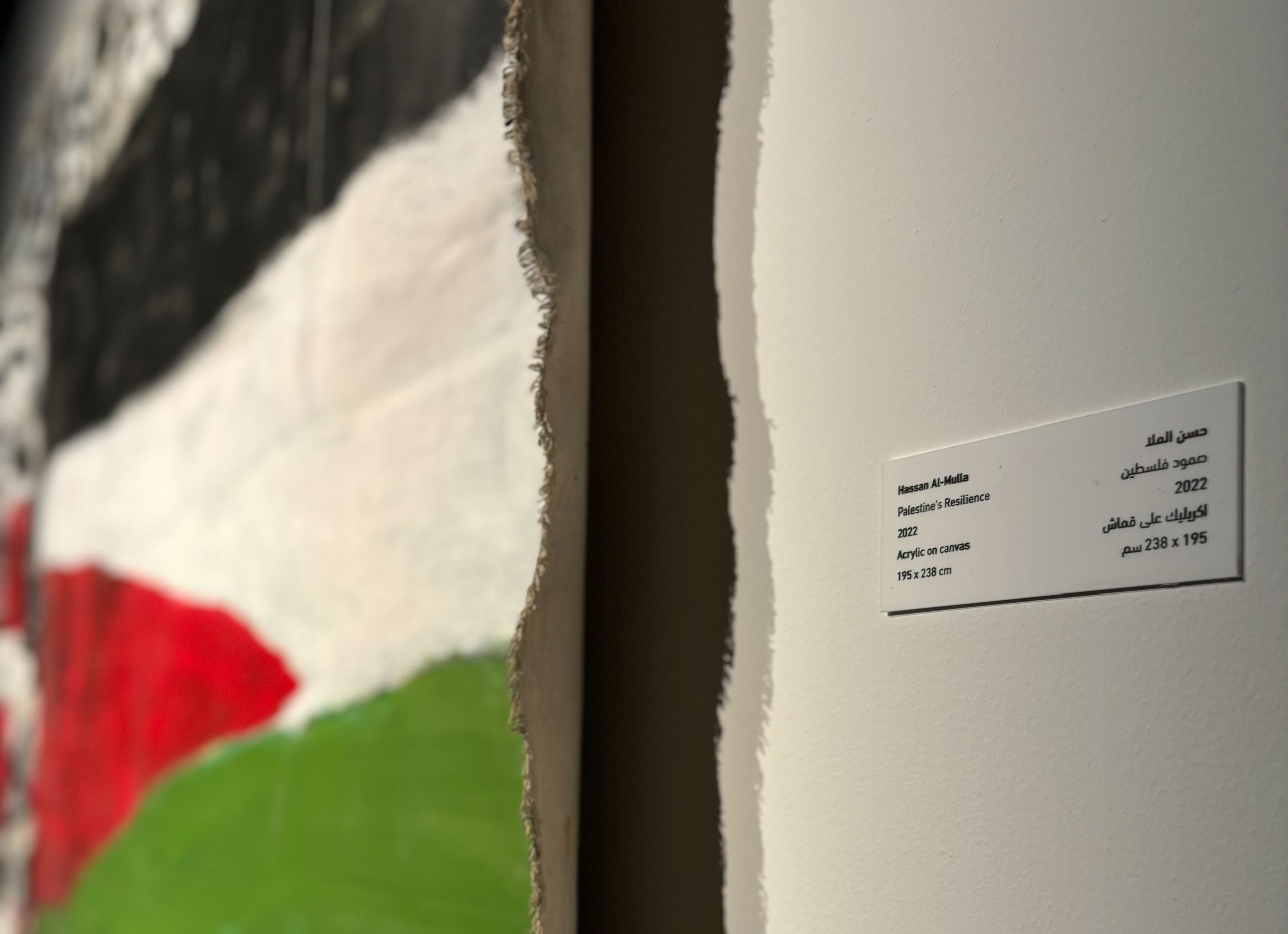
Mandatory mobile phone jammers fitted to all cars in the GCC and an awareness campaign persuading motorists to give way to ambulances are among the suggestions aired by elected officials in a bid improve discipline and safety on Qatar’s roads.
Following its latest bi-weekly meeting, Qatar’s Central Municipal Council (CMC) made a series of recommendations to address the state’s record of road safety as the number of traffic accidents continues to climb in tandem with the rising population.
The officials called for all vehicles in the GCC to be fitted with technology that would automatically disable the phone-calling features on mobile phones while the vehicle is moving, Gulf Times reports.
While the CMC’s recommendations are advisory and do not carry legislative power, they do serve to publicly raise what is a serious issue for Qatar.
Bearing in mind the costs involved in fitting such a system in all cars in the region, it is unlikely that vehicle manufacturers will take up the suggestion unless it is becomes a requirement by multiple Gulf states.
However, it follows the launch last year by a local company of several apps which can lock a motorist’s mobile phone while they are driving.
Qatar Mobility Innovations Center (QMIC) has developed a number of apps over recent years as part of its Salamtek initiative. The software locks a cell phone when a vehicle is moving above a certain speed, logging missed calls and messages and sending automatic replies to those calling a Salamtek-locked phone.
QMIC chief executive Adnan Abu-Dayya told Doha News today that the concept of using jammers in cars to block phone use while driving is commonly discussed but, to the best of his knowledge, has never been widely implemented.
Some of the technical challenges include its inherent complexity, spectrum “pollution” as it competes with other wireless technologies as well as its potential to interfere with the legitimate use of mobile phones by passengers.
However, Abu-Dayya said he expects newer technologies and capabilities aimed at reducing distracted driving will be added to vehicles in the coming years, although new regulations or incentives may be required to ensure broad adoption.
Accidents
In November last year, QMIC announced it a partnership with the Ministry of Interior‘s Traffic Department and other parties, who are working together to tackle distracted driving, which is one of the top causes of road accidents in Qatar.

In November, 25 people died in traffic accidents which was the highest figure since April last year, when 29 people perished on Qatar’s roads.
It is illegal to use a mobile phone while driving in Qatar and could those caught could incur a QR500 fine. While the Traffic Department has in the past launched campaigns in a bid to encourage people to voluntarily stop the practice, critics say they require greater enforcement.
Mindful of this, the director-general of Qatar’s traffic department, Brig. Mohammed Saad Al-Kharji, promised at the end of last year that there would be more patrols on the roads, in cars and on foot at major intersections, to catch those breaking the law.
Ambulance awareness
Another key issue raised by the CMC was for the start of a public awareness campaign about the need for drivers to give way to ambulances at traffic signals.
Particularly at peak times, it is not uncommon to see ambulances stuck in traffic, despite having their lights and sirens on.

The CMC recommendation follows the Help Us Help You initiative undertaken by Hamad Medical Corp. (HMC), which runs the ambulance service, in 2013 to improve public understanding of the need to make way for ambulances in emergency situations.
It comes as HMC is rolling out specialist technology in emergency vehicles which will transmit a signal to change the traffic lights several hundred meters ahead of them, in critical situations.
The state health organization is working in conjunction with public works authority Ashghal which is installing smart traffic lights at key intersections across Qatar to respond to this technology.
So far 80 intersections have the system, including those on C-Ring Road, Al Matar Street, D-Ring Road, The Corniche and Majlis Al Taawon Street.
It is expected that more will be installed as Ashghal undertakes an extensive upgrade of Qatar’s major routes.
Thoughts?







